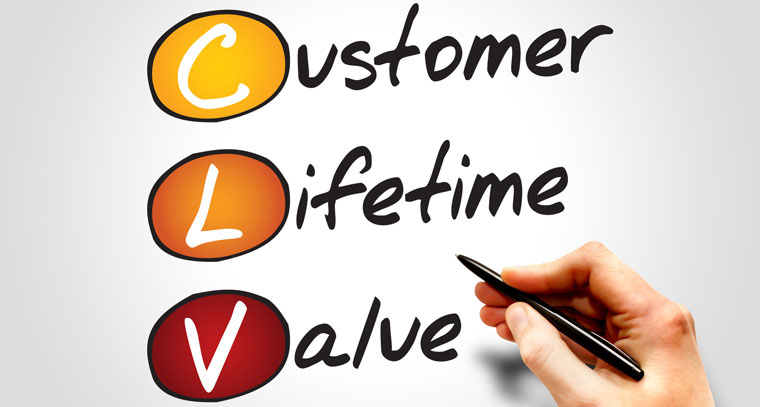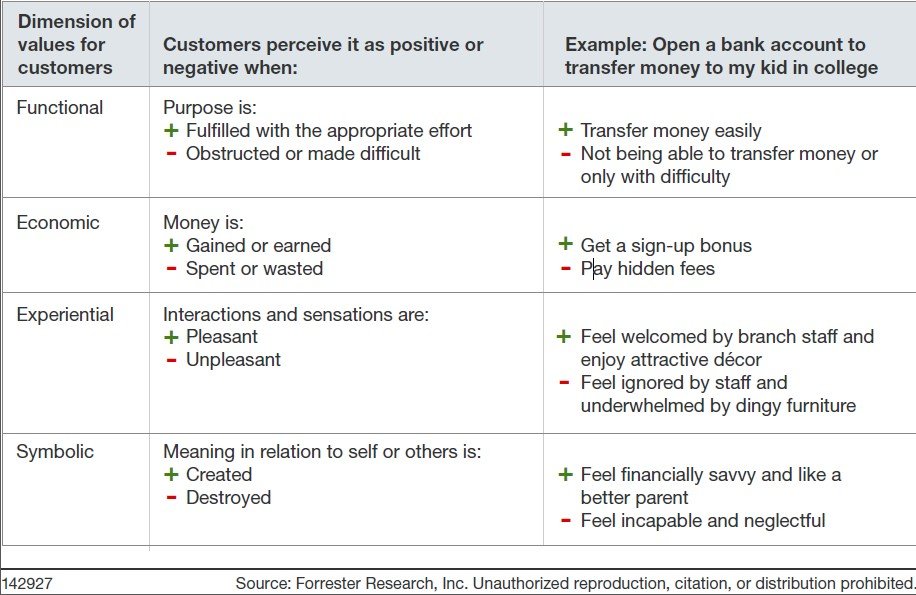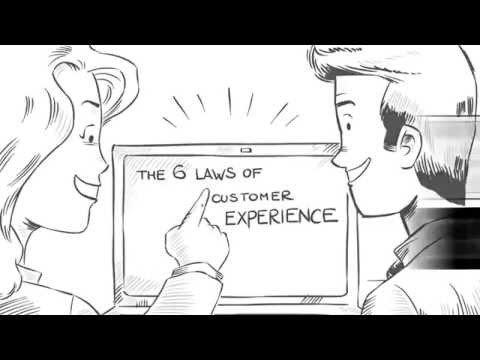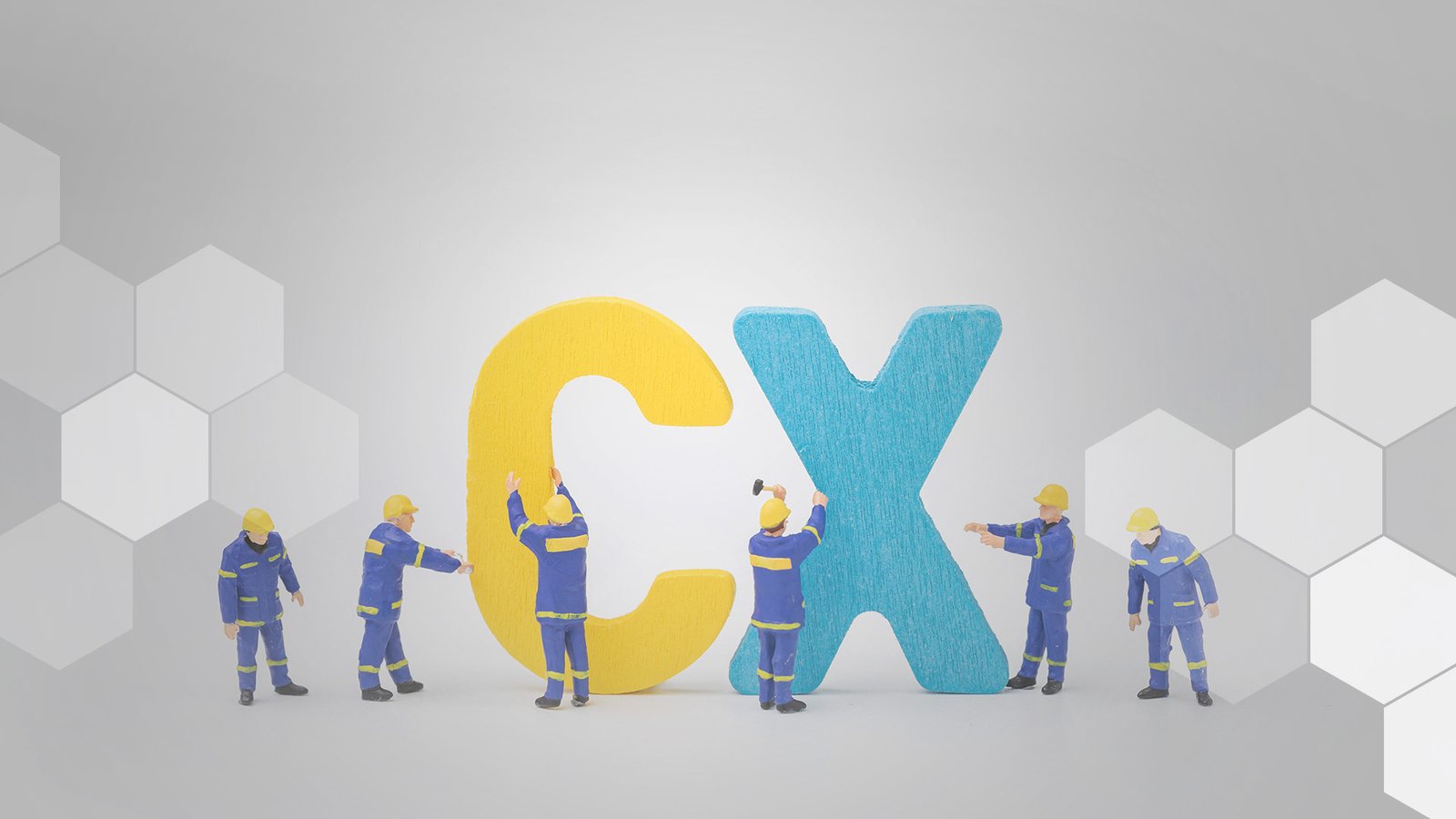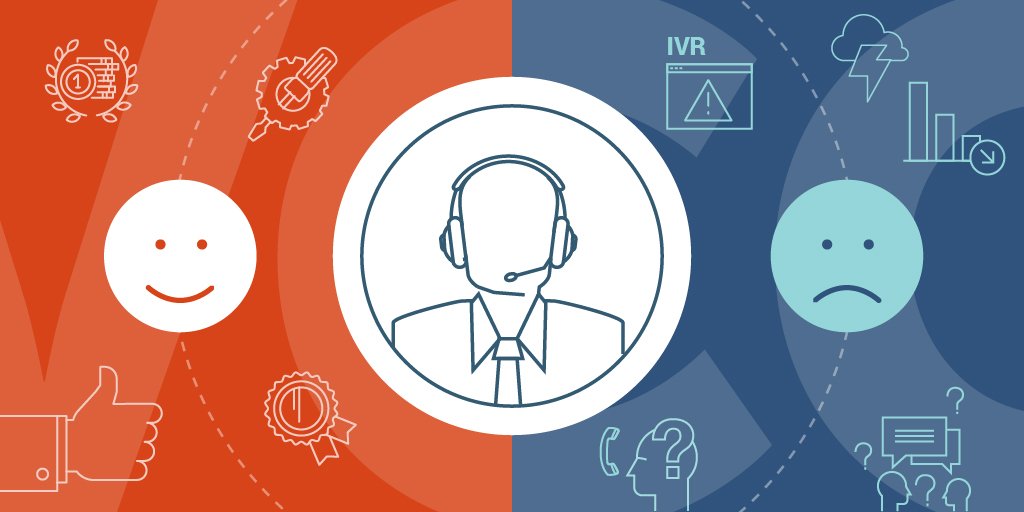Is your company operating in chaos or clarity? The difference often comes down to creating a knowledge-rich culture.
Modern customers and employees want information on their own terms. In order to best educate employees and provide answers and tools to customers, many customer-focused brands create knowledge-rich cultures. These cultures pride themselves on offering learning and growth opportunities for employees while empowering them to solve customer issues. Many companies have knowledge-rich cultures in silos, which creates chaos and lost opportunities.
When knowledge is kept within departments and not shared with the rest of the company, it creates more escalations of customer issues. A customer could call the contact center with an issue that could be easily fixed by someone in the engineering department, but without that information being shared across the entire organization, the customer’s call is escalated and takes longer to answer. Hare says that companies that build cultures of knowledge sharing solve more calls on the first contact and do it faster with fewer escalations.
When silos are broken down and information is shared across the entire company, employees and customers benefit. Employees have the tools to help customers right away or know where to send customers to answer more technical questions quickly. That knowledge creates job satisfaction for employees and instills confidence in customers that the company knows what it is talking about. For customers, a knowledge-sharing culture creates less frustration as issues can be taken care of accurately and much more quickly.
One of the biggest aspects of customer experience is making the customer successful without regression or pain. That can only be done by instilling confidence in the customer that the employee is their advocate into the company. Employees, no matter if they are in the contact center, finance, engineering or anywhere else in the company, need to use every resource to resolve customer issues. That comes from building a strong culture of sharing knowledge.
Customer experience is the most powerful tool companies have. When customers sense chaos at a company, they will quickly take their business elsewhere. To turn that chaos into clarity, brands of all sizes need to build a knowledge-rich culture that breaks down silos and shares information across borders with employees and customers. Sharing knowledge and instilling confidence benefits everyone in the organization.



